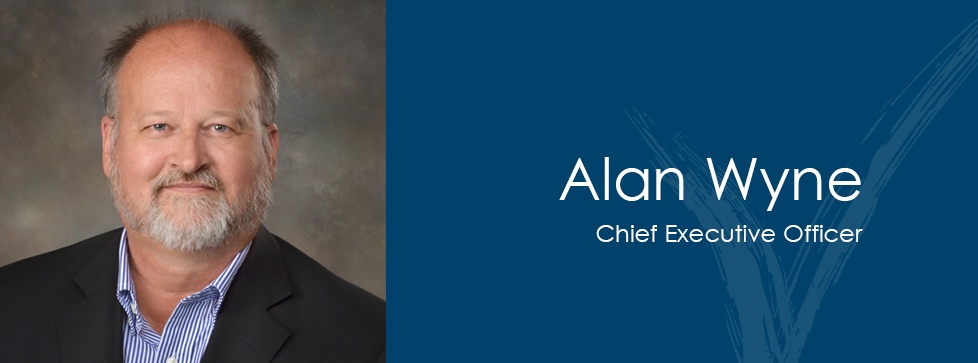When it comes to computer software, future developments are essential to helping push businesses forward. So when new tech comes out, forward-looking, competitive companies like to jump on it to stay ahead. But are you at risk of being left behind?
In the first blog in this series, we covered the cost advantages of moving to a SaaS ERP model with Business Central. Then in the second piece, we covered how eliminating costly updates is a crucial benefit of SaaS. Today, we’re tackling how you can future-proof your business with the power of SaaS.
What’s Next?
How do IT leaders across the industry expect to see their tech stacks shift? According to a 2020 IDG Cloud Computing Survey, they plan to see:
- A 12% increase in SaaS products as a share of their total IT solutions in the next 18 months
- Up from 24% to an estimated 36%
My guess is you probably are seeing similar trends in your business.
Given this sharp increase, you can bet that newly developed software will be Cloud-first in design; therefore, all other things being equal, wouldn’t you rather have your system be Cloud-based to more readily take advantage of these innovations?
The Future of Business Central Specifically
Based on Microsoft’s messaging and positioning in the market, Business Central as a whole is all about SaaS in the future. New updates push the envelope of what’s possible each month with this product specifically, and the roadmap for BC SaaS is highly detailed and full of promise.
Microsoft’s primary attention is the SaaS version of Business Central. While we don’t expect to see on-premises support dropped any time soon, consider this exciting observation: with its constantly updating and evolving nature, BC SaaS may be the last upgrade you make—or at least the last in the foreseeable future. This is because Microsoft can slowly shape it into the product they want in the future, rather than having significant version breaks.
Will You Join the Developer (and Citizen Developer) Community?
One last important point about future development of Microsoft Dynamics 365 Business Central: you. In previous versions of NAV, a developer license was expensive: $30,000. Unfortunately, this prevented many people from joining the developer community to contribute their ideas and insights.
With Business Central SaaS, becoming a developer is simply the matter of flipping a switch in your account setup. Doing so enables you to make custom changes to the system and develop the extensions your business needs to succeed.
Oh, and non-developers need not despair either. With far-superior integration with the Power Platform—Power BI, Power Automate, and Power Apps—Business Central SaaS allows even those who don’t code to do more. These low-code solutions let you visualize data, automate repetitive processes, and build apps that help you get things done. While they indeed work with on-premises (except Power Automate), these solutions are easier to configure and, thus, have a lower barrier to entry on SaaS.
I’m In! Let’s See What Comes Next
As we’ve shown, the future of innovation, the Microsoft platform itself, and the evolving developer community are all about the Cloud and SaaS. So to truly position yourself to take advantage of all the innovations ahead, you’ll want to get your company on Business Central SaaS as soon as possible. Whether you're coming from an on-premises version of Dynamics NAV or Dynamics GP, there's a migration path just right for you.
Still not sure if SaaS is right for you? You can download our free eBook 4 Practical Reasons to Upgrade to Business Central in the Cloud today to find out all about the future and three other solid reasons to make the switch.
There's one more blog in this series, so make sure to check back soon to see what else you can do with SaaS.





